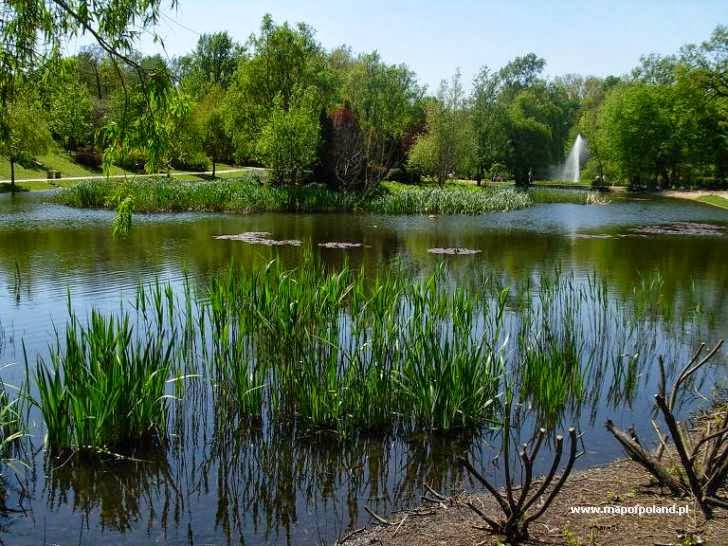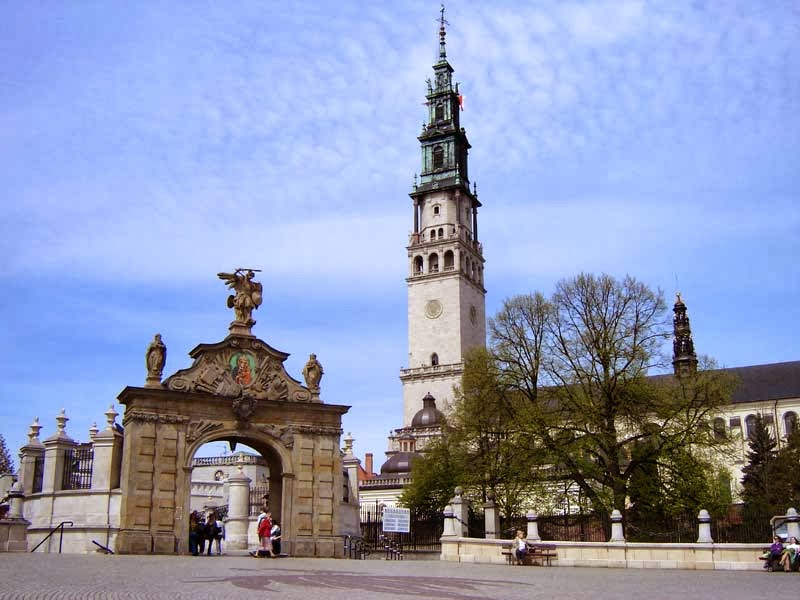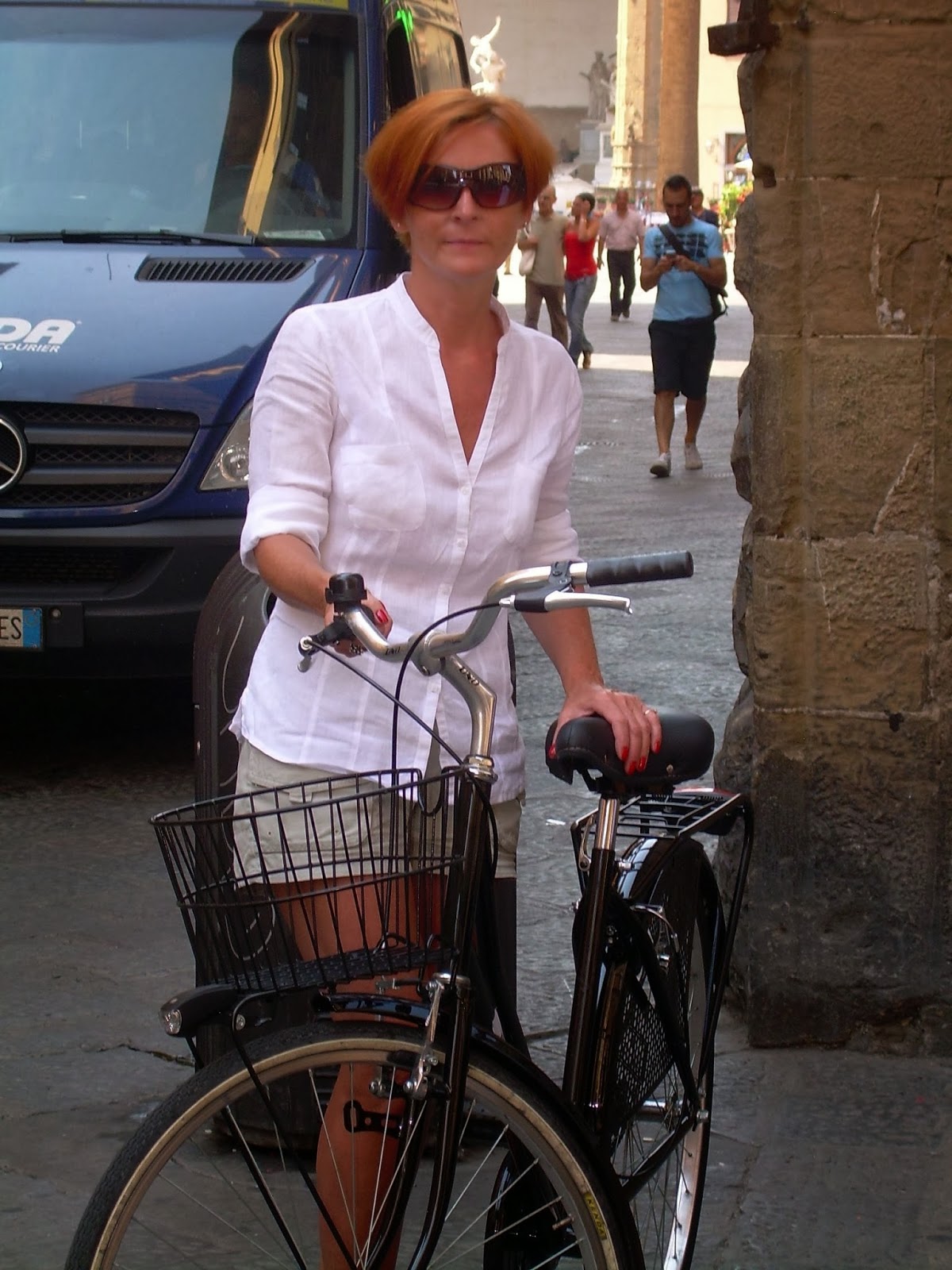HISTORIA NORWEGII
[slideshare id=32637687&doc=historianorwegii-140323144026-phpapp01]
This blog is a meeting point between Skjold Skule in Norway and Szkola Podstawowa nr 20 in Ruda Slaska in Poland. Project: "Norwegian pattern of language and pro-health education as an opportunity of the development of our school". The training has been organised within the framework of a systemic project „Mobility of educational staff within the framework of institutional projects”.
„Norweski model kształcenia językowego i prozdrowotnego szansą naszego rozwoju”
Szkolenie zostało zrealizowane w ramach projektu systemowego „Zagraniczna mobilność szkolnej kadry edukacyjnej w ramach projektów instytucjonalnych” realizowanego przez Fundację Rozwoju Systemu Edukacji w Warszawie współfinansowanego przez Unię Europejską w ramach środków Europejskiego Funduszu Społecznego Programu Operacyjnego Kapitał Ludzki.
wtorek, 25 marca 2014
czwartek, 13 marca 2014
SZKOŁA PODSTAWOWA NR 20 in RUDA ŚLĄSKA - KOCHŁOWICE
Primary school nr 20 is situated
in a working district called Kochłowice. Kochłowice belongs to a big industrial
city, Ruda Śląska with a population of 143 thousand people. There are 13 thousand inhabitants in Kochłowice, some
of whom work in mines and nearby steelworks.
The city has medieval layout, it
is of oval plan with streets radiating from the centre. In the central point of the city
there is a Late-Baroque Church, a sanctuary dedicated to Mother of God from Lourdes that
was built in 1806.
There is also a
Neo-Roman Catholic Church, built in 1902 and dedicated to the Holy Trinity.
Kochłowice offers some other
tourist attractions, the remains of Grodzisko (settlement) that date back to the 13th-15th century,
a railway station opened in 1904, a town hall that now houses a health centre,
historic workers’ settlement in Radoszowska and Tunkla Streets and a battle bunker built in 1937 which
was an element of defence line of Fortified Area of Silesia.
Our city is located 90 kilometres
from a beautiful historic city, Cracow and 37 kilometres from Pszczyna, a city
with a classical-style palace, built in the 12th century which was a residence of prominent dynasties, local Piasts dynasty members, then Promnitz family and von Pless family. The palace in
Pszczyna has beautiful original furnishing intact, a historic picturesque park in
English style and a bison reserve.
The unemployement rate in our
city is 8 percent, therefore, some families contend with financial problems and are
provided with public assistance. In our school 25 percent of
children have different disfunctions and receive psychological and pedagogical assistance.
The school building has existed
since 1910. It was renovated for 100th anniversary.
There is a small substandard gym,
a tartan sports field, a playground for small kids and a computer room.At
present there are 33 teachers and 212 students from the age of 6 to the age of 13 and three
kindergarten groups (75 children). Most teachers and students come from
traditional families whose roots are in this land and who cultivate family,
religious and
national traditions.
Since kindergarten time we try to hand down the most
precious regional traditions and give our students opportunities of many-sided
education by teaching them foreign languages (English and French) and offering
various school clubs (subject clubs, artistic clubs, sports club and European
club). In spite of many problems, we manage to achieve one of the highest
results from final tests at the end of third grade and sixth grade in the city and province.
poniedziałek, 10 marca 2014
The cultural heritage of Silesia – Poland
The whole
European cultural heritage is made up of individual nations, but their values are the cultural regions, as part of
a whole. By cultural regions, traditions and the heritage of past centuries
still exist. Culture is a determinant of social development, and it consists of
material property passed from generation to generation and spiritual heritage,
which is one of the elements of national consciousness.
Polish culture has existed for over a thousand years. After the old days
numerous traces have been left: medieval castles and fortresses, Old Town
districts of large cities and aristocratic palaces. Poland also has a wealth of
contemporary artistic life, which in many areas - music, literature, film and
the visual arts - is gaining a wide resonance in the world. Among many
monuments of Poland, a lot have been inscribed on the UNESCO list (including
the Old Town in Warsaw, Wawel Castle in Krakow, Malbork Castle).
The influence of the regional tradition on the
achievements of the whole of Europe can be seen in numerous international
competitions and folk festivals, where there is no shortage of Polish songs and
dance (eg "Silesia" and "Mazowsze"). Many literary works of
our national poets are translated into different languages (eg Cz. Milosz, W. Szymborska) and the works of
theater and film (eg A. Wajda, K. Kutz) that is also very important for us,
Poles.
Silesia
In Poland, there are many cultural
regions within which traditions are constantly cultivated, these are
"little homelands". One of them is the most industrial region of
Poland - Upper Silesia, where my family has lived for many generations. Since
ancient times the territory of the present Silesian province has developed
mining for ore of silver and lead.The Cistercians, who resided in Silesia, were
engaged in mining, iron smelting and glass making, in the thirteenth century.
Silesian landscape is dominated by steel mills chimneys, power plants, coal
mines and slag heaps.
Silesian Province (created in 1999) is the area of multicultural influences shaped by its people of Polish, German, Czech and Jewish descent. It is a region with culturally diverse areas and a strong sense of ethnic identity. It covers the eastern part of the historical lands of Upper Silesia and the western part of Małopolska with Dabrowski Basin. It is bordered by the Czech Republic and Slovakia. This is the second (after Mazowieckie Province) most populous province in Poland (4.6 million people - 12% of the population).
Material heritage
Material expression of the richness
and multifaceted traditions are attractions specific to the region, such as
wooden churches of framework construction (in three Polish regions, including
Silesia, there are more of them than in the entire Europe), monuments
associated with the industrial culture (including housing estates – Giszowiec
and Nikiszowiec, Ficinus and Kaufhaus in Ruda Slaska, underground excavations –
Tarnowskie Gory, Zabrze, Rybnik, technical monuments - their number is
estimated at several thousand), residential architectural monuments (eg. 38
urban systems, Bytom secession), the landscape compositions (including 98
historic parks).
Changing borders, which ran through
the area of today’s Silesia, left a unique monument of military architecture -
from the castles - fortresses located on the Krakow – Czestochowa Upland to the
fortified Silesian region from the '30s of the twentieth century.
Due to its location on the border of cultures and extensive history over the centuries, rich and varied cultural heritage of Silesian has been maintained until nowadays. There are more than 4000 monuments inscribed to the register of historic monuments in Silesia. The register of archaeological monuments contains 231 archaeological sites. The register of movable monuments includes about 6,000 objects.
Due to its location on the border of cultures and extensive history over the centuries, rich and varied cultural heritage of Silesian has been maintained until nowadays. There are more than 4000 monuments inscribed to the register of historic monuments in Silesia. The register of archaeological monuments contains 231 archaeological sites. The register of movable monuments includes about 6,000 objects.
Institutions
In Silesia there are numerous
cultural institutions:
- 3 theaters: dramatic - Silesian Theatre in
Katowice, musical - Entertainment Theatre in Chorzow and Silesian Opera
House in Bytom,
- Silesian Philharmonic, which is the organizer of the International Competition for Conductors named after Gregory Fitelberg,
- numerous museums (Museum of Coal Mining in Zabrze, along with open-air museum "Queen Louise", Upper Silesian Museum in Bytom with natural and ethnographic collections as well as valuable collection of contemporary Polish art, the Museum "Upper Silesian Ethnographic Park in Chorzów" - museum exhibiting traditional buildings from Silesian region by using original works or their reconstruction, Silesian Museum in Katowice, Pless Castle Museum, the Museum in Bielsko-Biala with branches: the Museum of Technology and Textile Industry, Weaver's House and Julian Fałat’s Museum in Bystra, historic Coal Mine "Guido" in Zabrze,
- Library of Silesia in Katowice (situated on Europe Square)
- regional cultural centers - in Bielsko-Biala, Czestochowa and Katowice - dealing with professional development of the creators of culture, promotion of artistic groups and creators of culture, presenting the culture through artistic events, folklore and exhibitions designed to protect and preserve the wealth of folk culture,
- Song and Dance Ensemble "Slask" named after Stanislaus Hadyna with its seat in a castle in Koszecin,
- Film Institution Silesia Film,
- Institution of Culture Ars Cameralis Silesiae Superioris - Upper Silesian Chamber Arts Festival promoting culture outside the region and the country.
- Besides, urban green spaces, especially the Regional Park of Culture and Recreation in Chorzów are noteworthy.
Nature
Despite considerable industrialization and urbanization,
Silesia is rich in wildlife and landscape values, forming together with cultural
works unique combinations - the best example is situated within the historical
Lesser Poland, Eagle Nests Landscape Park - a set of castles and fortresses
built in the picturesque Cracow-Czestochowa Jura. The most popular ones are
stored in the form of stable ruins of castles in Ogrodzieniec, Olsztyn,
Bobolice and Mirow.
Residential properties, coming into existence in a later
period, often forming vast palace and park complexes, as well as residences of
factory owners also include prince’s residence in Pless, Hunting Lodge in
nearby Promnice, palace in Pławniowice, Schön’s palace in Sosnowiec, palaces in
Swierklaniec and Kamieniec.
Religious heritage
In addition to secular objects, places of worship
also play an important role. A unique religious place is a monastery of Pauline
Fathers at Jasna Gora in Czestochowa, the most important pilgrimage destination
in the country, declared a historical monument - a monument of special
importance to the culture of our country. Among other places of worship, the
ones that deserve attention are: the shrine of Piekary and Zarki-Lesniow
and Cistercian monastery and palace complex in Rudy Wielkie, where the Nature
Park was created. Compact group of objects is a complex of about seventy wooden
churches, chapels and bell towers that make up the Wooden Architecture Route.
Among many places of worship were also churches and synagogues with the
emerging places of burial of the faithful Roman Catholics and the Orthodox,
Lutheran (eg Cieszyn, Jasienica, Katowice, Molna) and Jewish (eg Gliwice,
Katowice, Krzepice, Kromołów, Zawiercie), providing a multi-cultural history of
the region.
Fortifications
The province also preserved
fortified area "Silesia", which consists of objects and
fortifications such as in Bobrowniki, Tarnowskie Gory, Wyry, Ruda Slaska,
Bytom. Fortifications are the second largest Polish defensive structures formed
during the Second Republic.
However, the most characteristic of the Upper
Silesian history and landscape of the province are monuments of technology
creating Monuments Route of the Silesian Province, numbering 31 buildings
(including the old railway and narrow gauge railways, housing umbrella, objects
associated with the coal mining industry, mining and processing of metals as well
as numerous museums dedicated to the technical monuments. Among them there is
an important place for the history of World War II - the radio station in
Gliwice with the mast considered to be the world's tallest wooden building, and
the underground of an old mine of Silver Ores and the drift "Black
Trout" in Tarnowskie Gory).
Feel
invited to visit our beautiful country and the Region of Silesia where we live,
to learn about our rich cultural heritage and to enjoy Silesian dishes such as
sour soup, roulade with potato dumplings and red cabbage, and to taste
krupnioki with beer from Tychy or Zywiec. And for dessert I recommend a
Silesian cake with cheese, poppy seeds and sprinkle.
KK.
niedziela, 9 marca 2014
PRESENTATION OF POLISH GROUP INVOLVED IN THE PROJECT
Hello! I'm Joanna
Przybylska.
I have been
working in primary school for over 30 years. I'm a school counselor - my work
is to help children and parents in their difficult situations. I live in Ruda Śląska. I've got an adult son and an old dog.
In my free
time I like reading books. My favorite writers are I. Allende, J. Marias, G.G.
Marquez, J. Irving. I love Latin-American prose. I think that literature shows
us how to live. My motto for this year is „ There is no need to talk about
something that nobody asks for”
(J.Allende “El plan infinito”).
I'm also a
fun of good movies: especially Czech comedy. I like sociological drama.
The last film which impressed me the most is „Her” by Spike Jonze .
I enjoy every spring, every trip. I'm an
enthusiast of cycling. I love dogs.
My name's Izabela Drabik. I was born in Ruda Śląska and my birthday
is on 7 July. I've got one sister. I'm married. I live in Ruda Śląska with my husband and
two sons. I'm a teacher and I work at Elementary School number 20 in Ruda Śląska. I do
really like my job. At weekends, I like going to the cinema, theatre, philharmonic hall or cycling with my family. It's important to me to start the
day by drinking coffee and reading newspapers, periodicals. In the evenings I like
to read interesting books, such as biographies of famous people. I also like
spending time with my two best girlfriends. I've known them since the time when we were
in elementary school. I'm very happy to meet people from Skjold Skule in Norway
Hi! I’m Beata
Pastuszak. I live with my husband in one of the
districts of Ruda Śląska.
At our school I work as an English
teacher and have classes with different age groups, from kindergarten to sixth grade ones which I find both fulfilling
and challenging.
I’m passionate about everything that is connected with my
profession, from teaching English at
different levels and developing translation skills to travelling to
English-speaking countries.
However, I still believe that the happiest moments are the ones I share with my
family and friends,
especially in the bosom of nature, and the book that I have real confidence in is the Holy Scriptures
so I let only its principles guide my
life and I’ve never got disappointed.
I’m looking forward to meeting English
teachers in Skjold and hopefully learning something new from their teaching
experience. See you in August!
My name’s Barabra Poranek. I live with my family in Ruda Śląska. I’m a
primary school teacher and I work with beginning students and teach Science to older classes. I’ve been teaching for more than 25 years but I’m still
passionate about it.
I’ve got a husband and two children, a daughter and a son. The apple of my eye is my cat Maniek, he’s very smart. I love nature and I really enjoy
life. I like spending time with my
family and friends in an active way. I take pleasure in reading books, and
watching good films. My dream is to travel around the world, to feel the taste
of unknown and face the adventure.
I can’t wait to meet teachers from Skjold Skule. I hope we will be able to
share our knowledge and experience and that this time will be fruitful to us all.
Hi! My name is Katarzyna Kołodziej. I am a teacher of Mathematics and French. I have been teaching for 24 years in Primary School. I
like this job, because it is very creative. I have a brother and a sister who have
their families. In my free time I travel a lot, alone or with a group, because
I also work abroad sometimes as a tour guide during the holidays. I've already visited many countries and I still
dream about knowing the next. I like skiing, reading, walking in the mountains, watching sunsets and beautiful corners of the world.
I am very happy that we will have the opportunity to meet teachers from Skjold skule and we will be able to learn your working methods. I hope that the time spent together will be rich in experiences for us all. See you soon!
I am very happy that we will have the opportunity to meet teachers from Skjold skule and we will be able to learn your working methods. I hope that the time spent together will be rich in experiences for us all. See you soon!
Subskrybuj:
Posty (Atom)
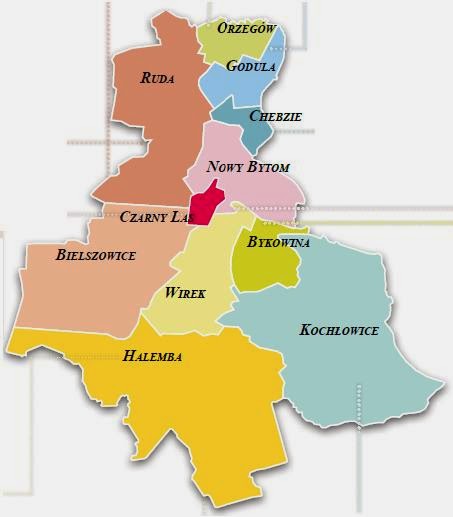






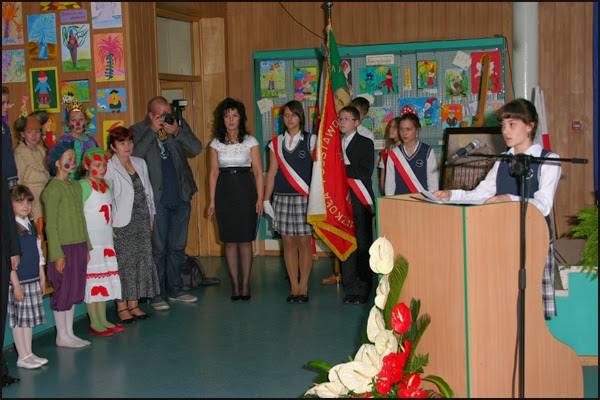

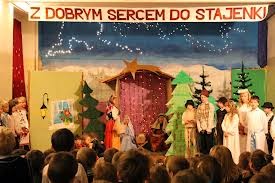
+-+zdj.png)



